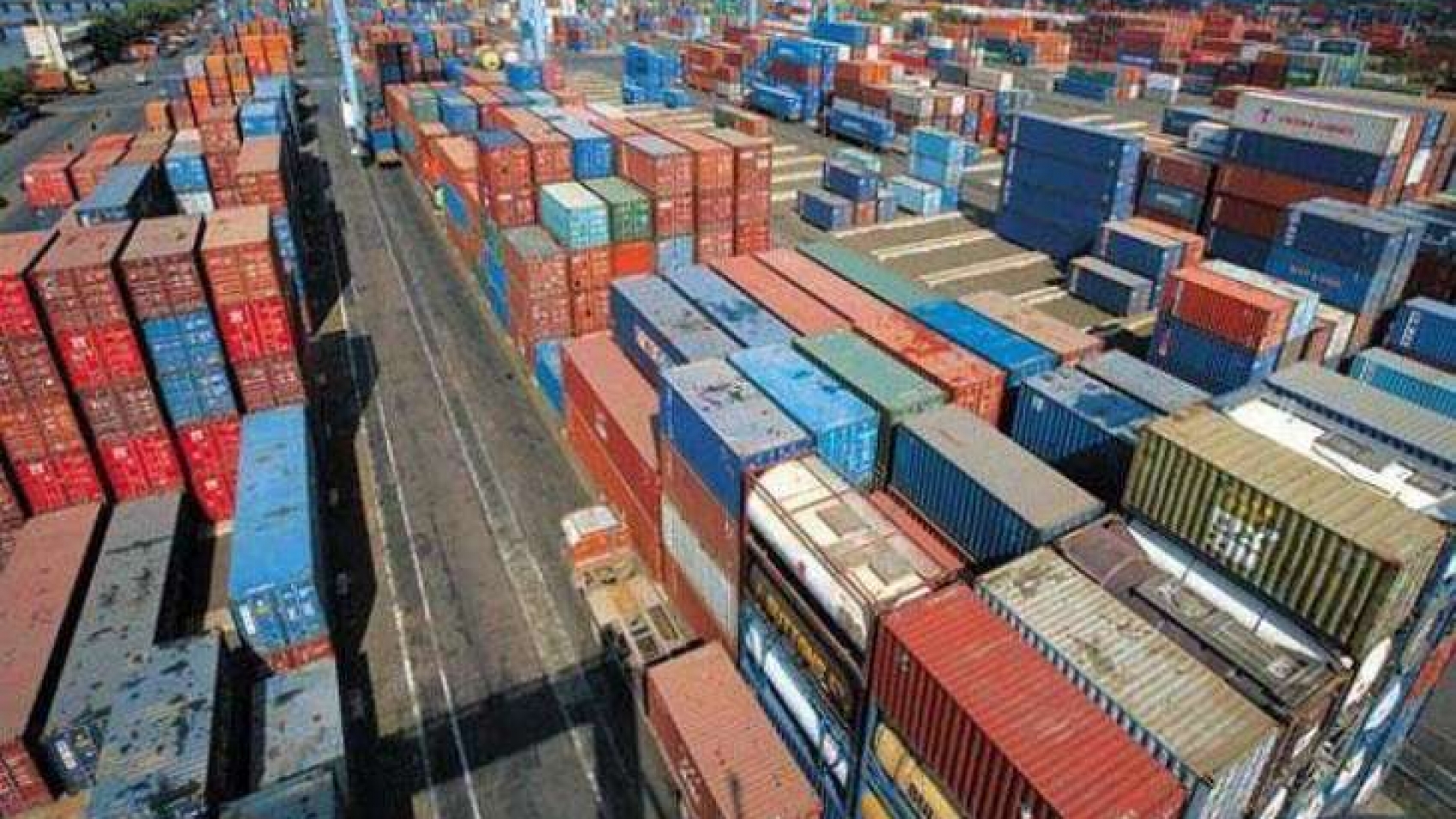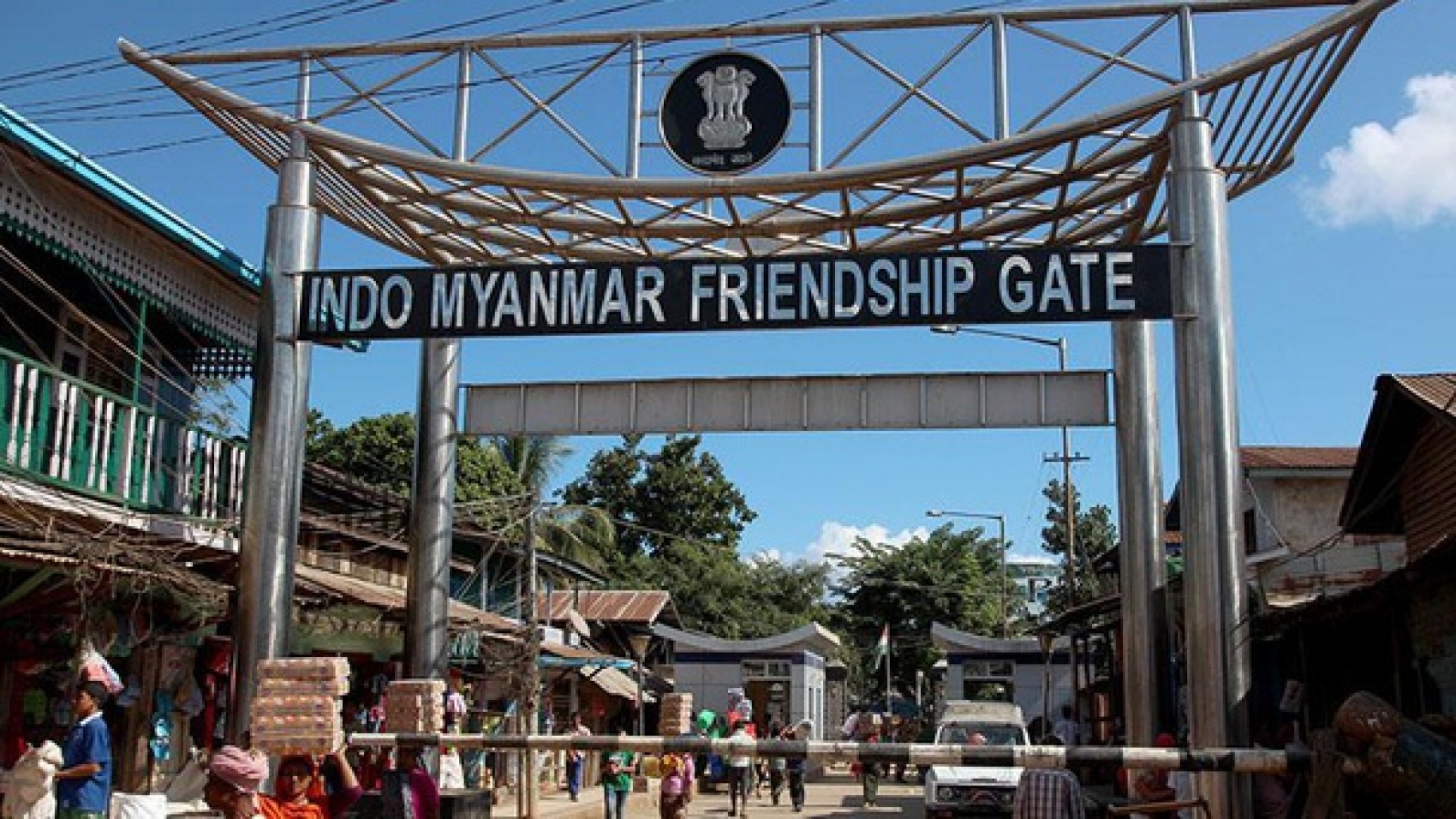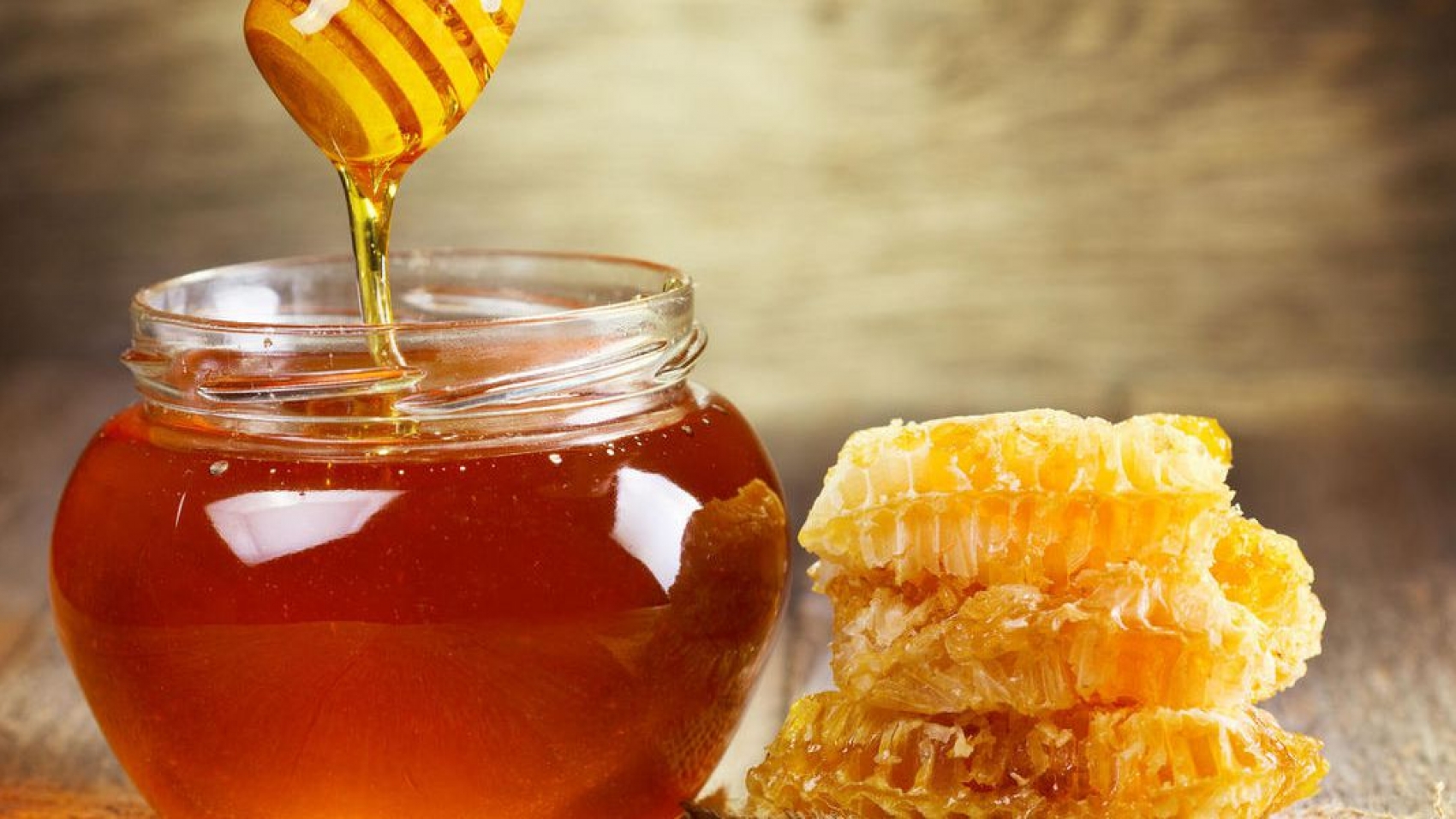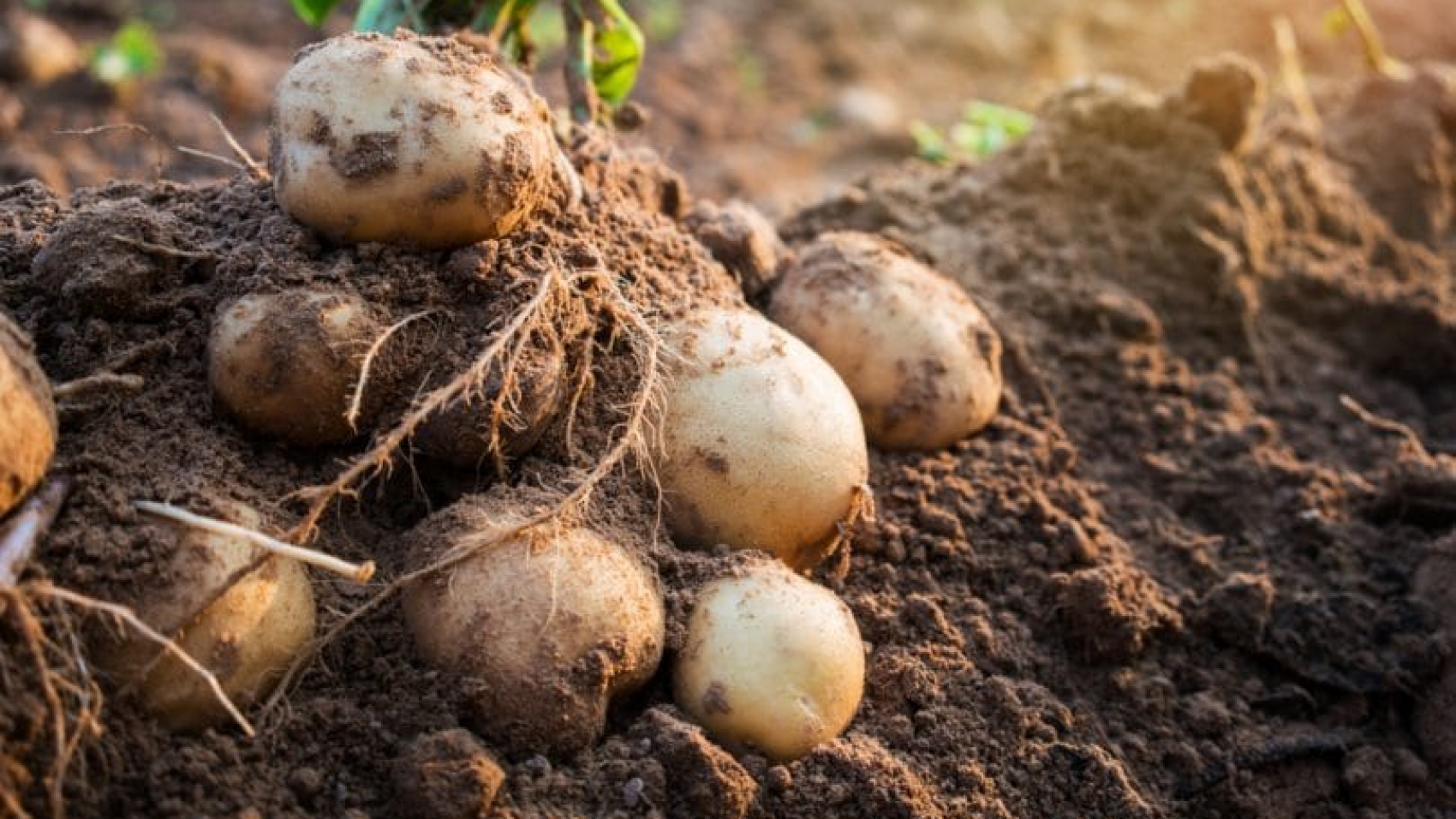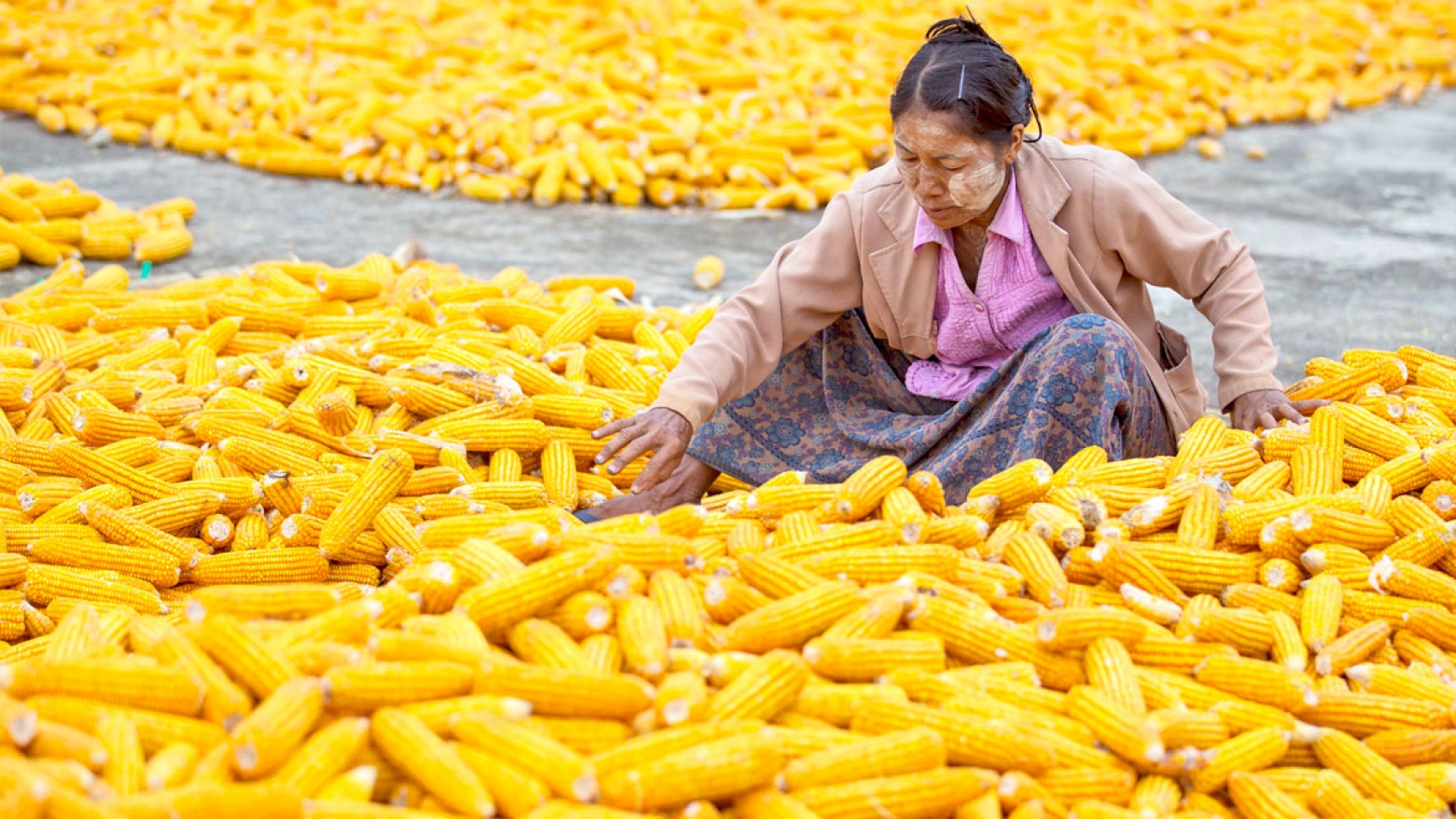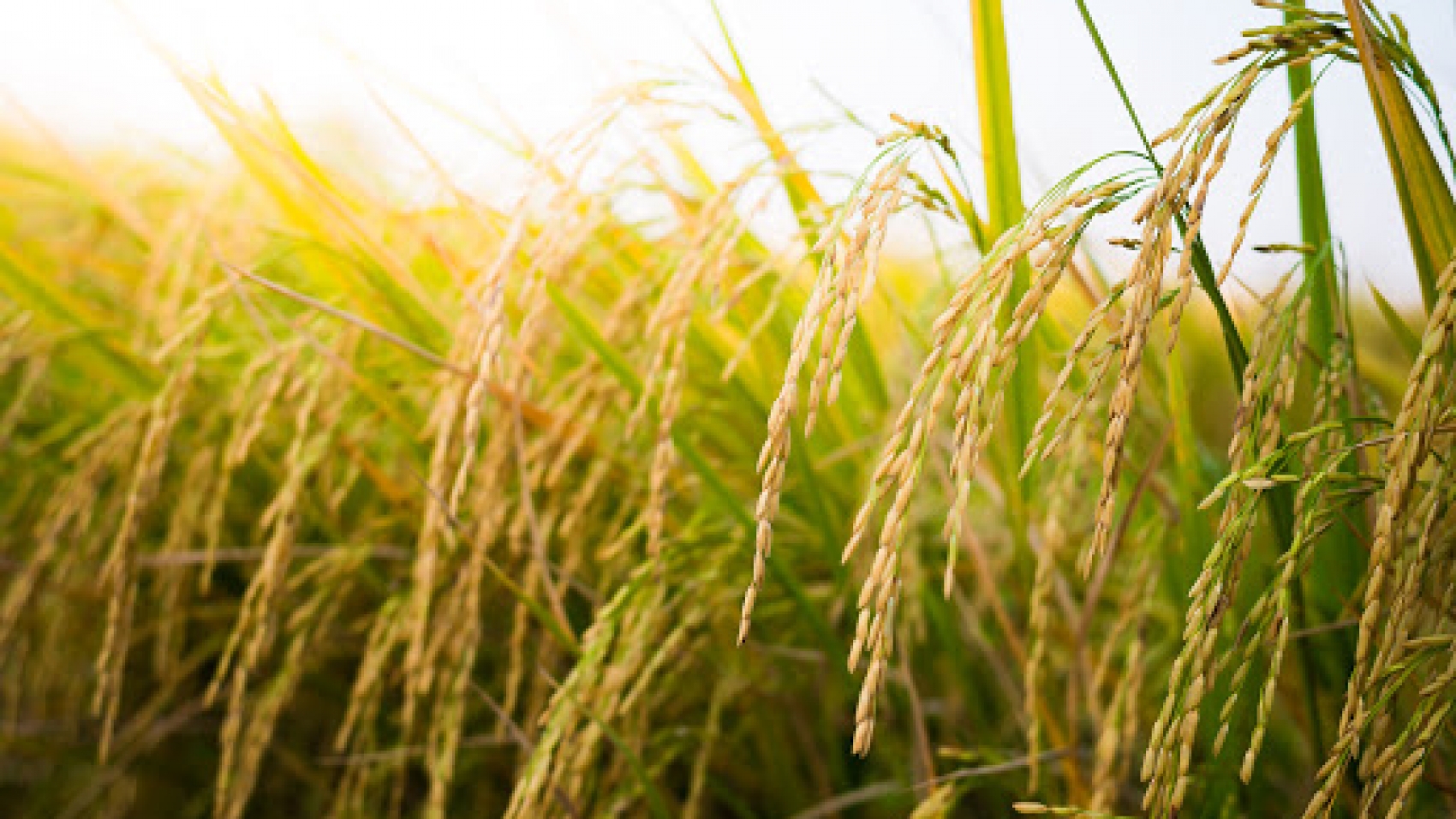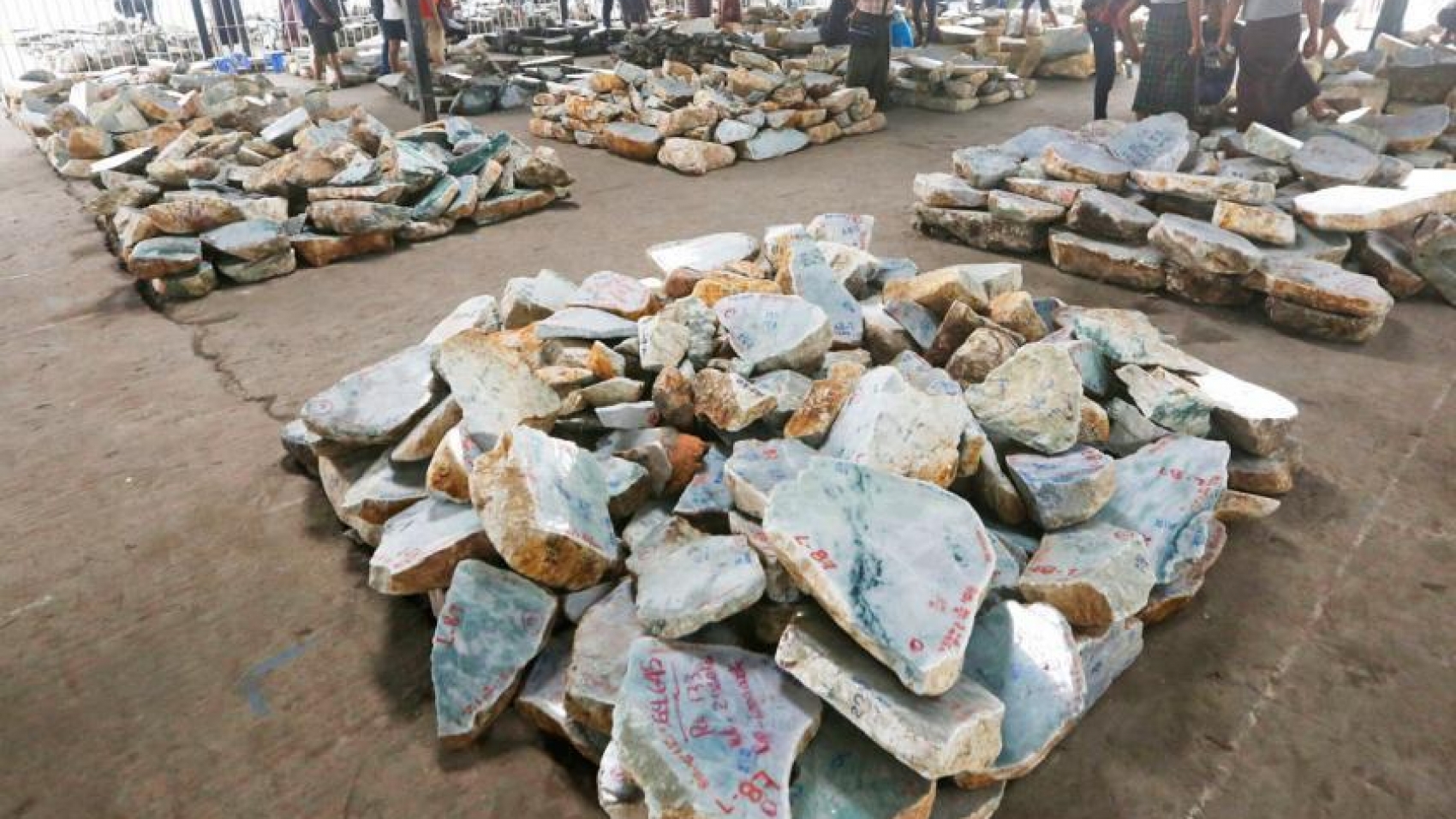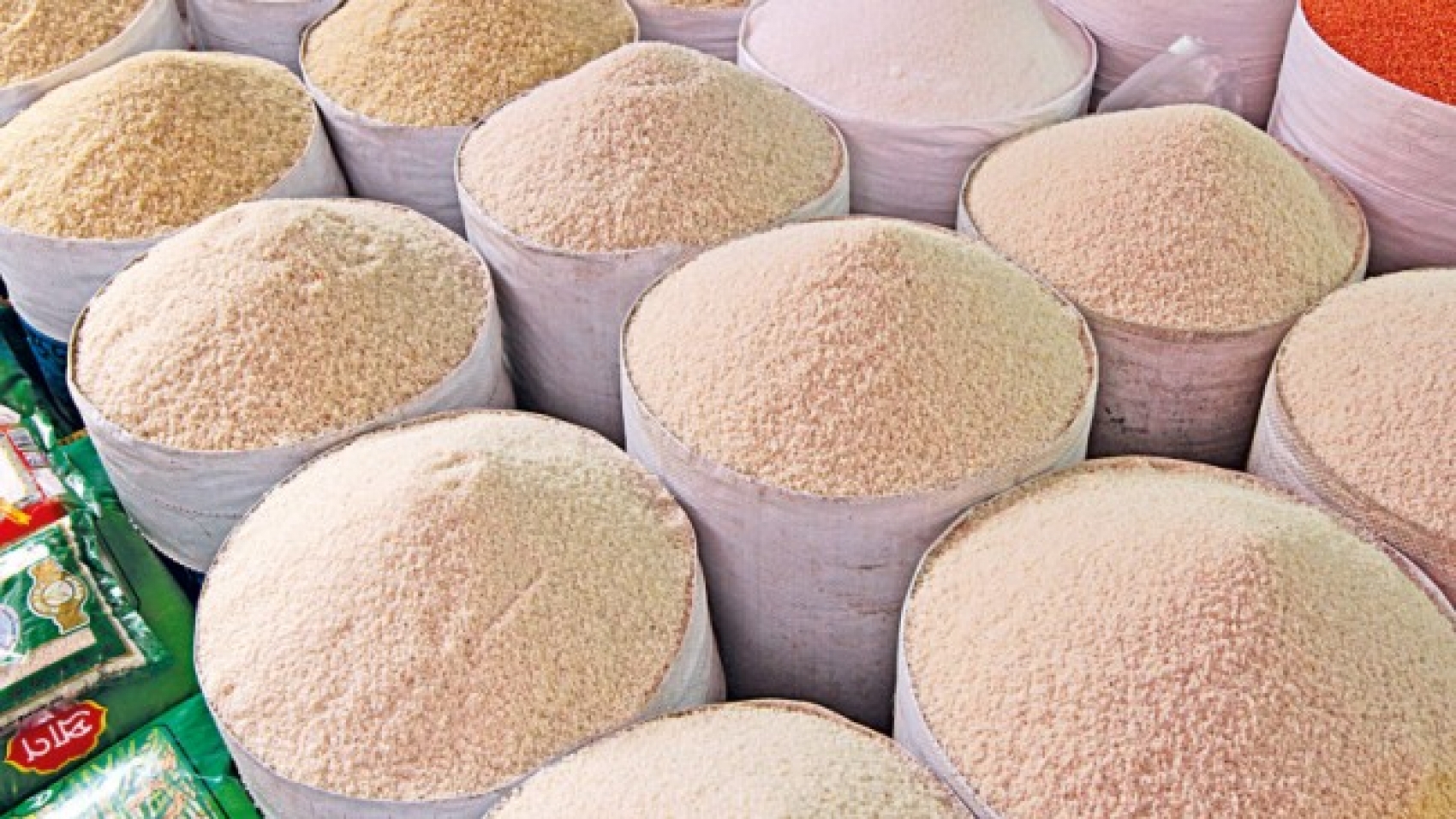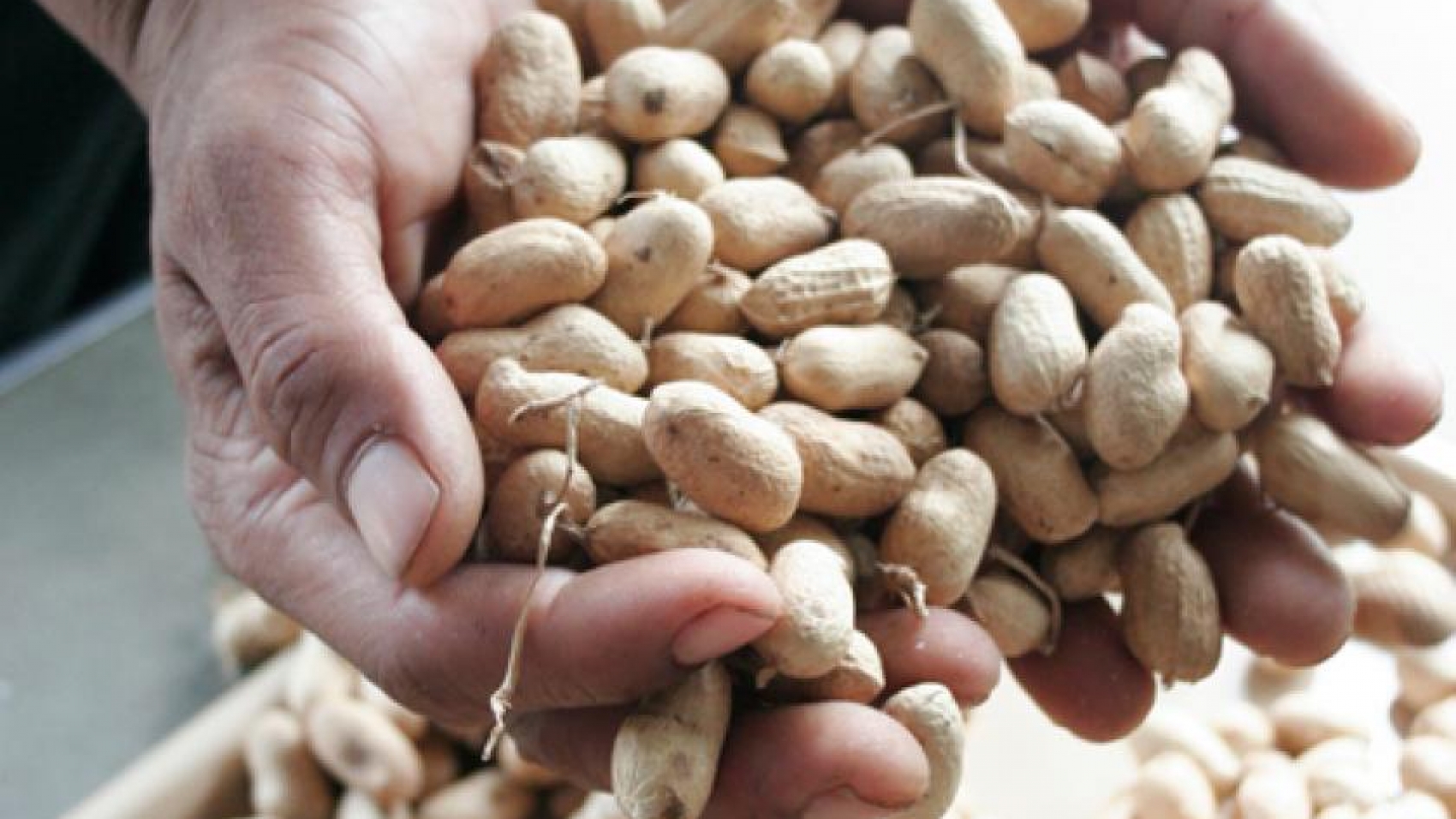Myanmar’s trade gap has significantly narrowed to US$237.385 million in the financial year 2020-2021 from just $698.157 million registered in the corresponding period of the 2019-2020FY, according to the commerce data.
Between 1 October and 22 January in the current FY, Myanmar’s external trade drastically plunged to $9.7 billion from $12 billion recorded in the year-ago period. While exports were estimated at $4.7 billion, imports were valued at $4.768 billion this FY. Compared to the FY2019-2020, exports showed a drop of over $1 billion, while imports fell by $1.47 billion. Myanmar witnessed a slump in exports triggered by the coronavirus pandemic. Moreover, the country cannot hold jade emporiums.
As a result of this, export income plummeted, according to Myanmar Trade Promotion Organization. Both sea trade and border trade dropped amid the coronavirus impacts. The neighbouring countries tightened border security and limited trading time to contain the virus’s spread. Pandemic-induced container shortage pushed up the freight rates to almost triple in Myanmar, causing delays for traders. Myanmar exports agricultural products, animal products, minerals, forest products, and finished industrial goods, while it imports capital goods, raw industrial materials, and consumer goods. The country’s export sector relies more on the agricultural and manufacturing sectors.
The country mainly imports essential goods, construction materials, capital goods, hygienic material and supporting products for export promotion and the import substitution. Myanmar’s trade deficit was pegged at $1.3 billion in the 2019-2020FY, $1.14 billion in the 2018-2019FY, $1.3 billion in the previous mini-budget period (April-September, 2018), $3.9 billion in the 2017-2018FY, $5.3 billion in the 2016-2017FY, and $5.4 billion in the 2015-2016FY, according to statistics released by the Central Statistical Organization. Under the National Planning Law for the Financial Year 2020-2021, Myanmar intends to reach an export target at US$16 billion and import at $18 billion. Moreover, a series of trade liberalization and openness for policy development have been introduced for enhancing a more viable trade environment. The private sector plays a prominent role in Myanmar’s market-oriented economic system. The ministry is highlighting free and fair trade, ensuring product safety and quality goods and services.
Source: The Global New Light of Myanmar

